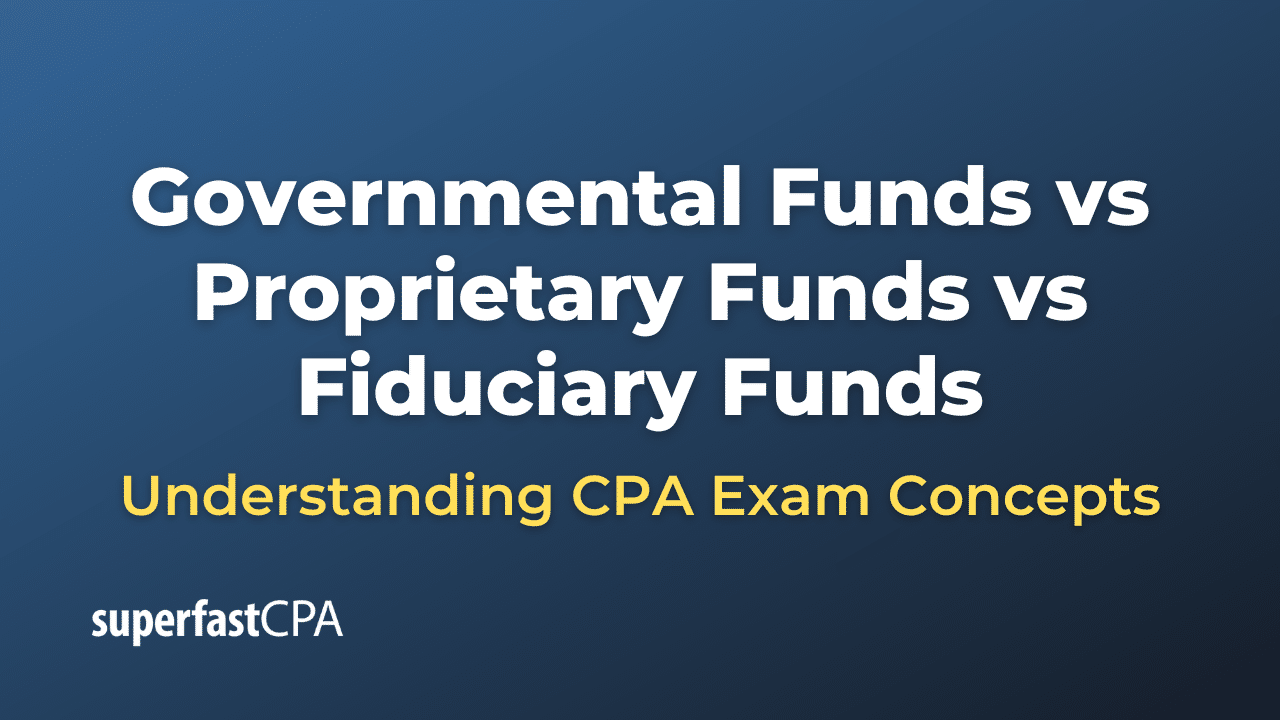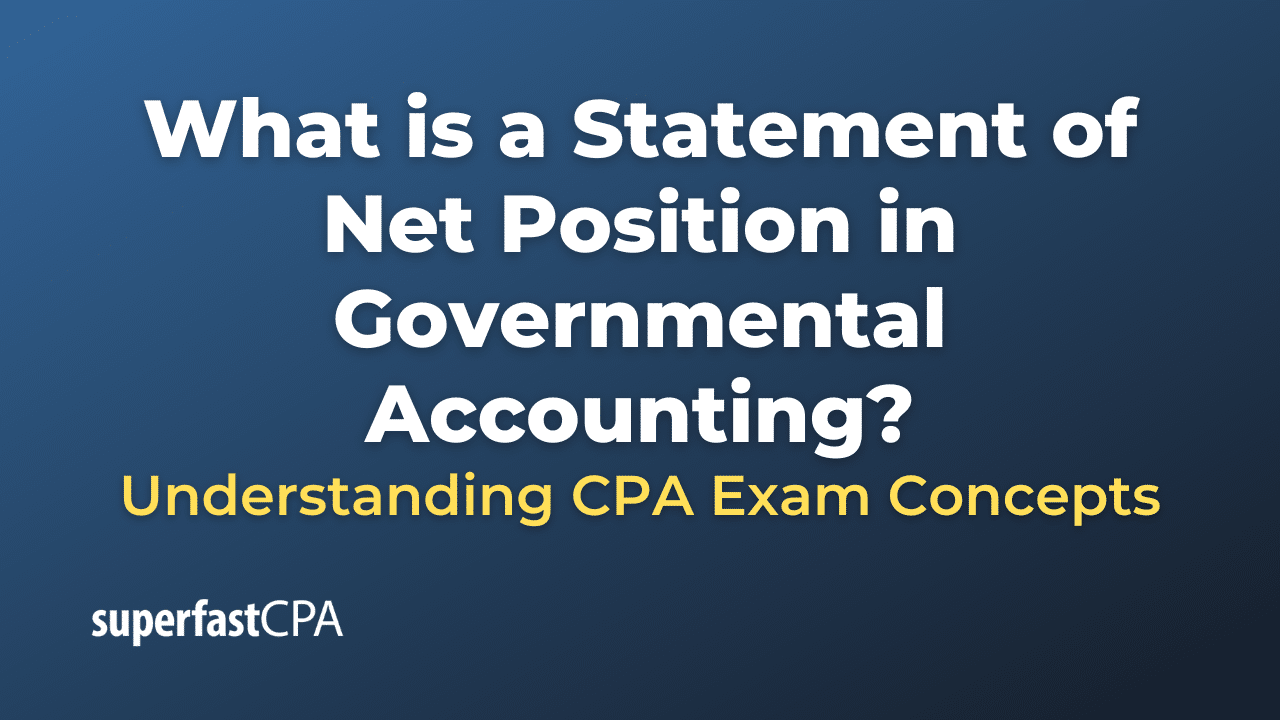Currency Risk
Currency risk, also known as exchange rate risk or foreign exchange risk, is a form of financial risk that arises from the potential change in the exchange rate of one currency in relation to another. It can affect businesses, investors, and even governments.
When businesses conduct transactions in foreign currencies, they are exposed to the risk that the exchange rate will change unfavorably before the transaction is complete. This could lead to financial loss. For example, if a U.S. company sells products to a European customer with payment to be made in euros in 90 days, the U.S. company is at risk that the euro will depreciate against the U.S. dollar during those 90 days, reducing the dollar value of the payment.
Investors who invest internationally also face currency risk. If an American investor owns stocks in a European company, for example, any returns may be affected by the exchange rate between the euro and the U.S. dollar. If the investor wants to sell the stocks and convert the proceeds back into U.S. dollars, a depreciation of the euro against the U.S. dollar could reduce the dollar value of the investment.
Currency risk can be managed or hedged in various ways, including through the use of financial instruments like futures, forwards, options, or swaps. However, these strategies can be complex and may not always eliminate risk completely. It’s also important to note that while currency risk can lead to losses, changes in exchange rates can also potentially lead to gains.
Example of Currency Risk
Let’s consider a U.S. company that does business in Europe – let’s call it “USCo.”
USCo signs a contract to sell machinery to a company in Germany. The contract price is €1 million, to be paid in three months’ time. At the time of signing the contract, the exchange rate is $1.20 to €1, so USCo expects to receive $1.2 million.
However, over the next three months, the value of the euro falls against the U.S. dollar, and by the time USCo is paid, the exchange rate has dropped to $1.10 to €1. Instead of receiving $1.2 million as expected, USCo receives only $1.1 million. The company has lost $100,000 due to currency risk.
To manage this risk, USCo could have used a financial instrument such as a forward contract. In a forward contract, two parties agree to exchange a certain amount of one currency for another at a future date, at a rate agreed upon today. If USCo had entered into a forward contract to sell €1 million for $1.2 million in three months’ time, it would have been protected against the fall in the value of the euro.
This is a simplified example, but it illustrates the basic concept of currency risk and how it can be managed. In practice, the situation can be more complex, and companies often use a variety of strategies and financial instruments to manage their exposure to currency risk.














